What is the England, Wales, and Northwestern Europe DNA Ethnicity on Ancestry?
If you've recently done a DNA test and the result revealed "England, Wales, and Northwestern Europe" as your ethnicity, you might wonder what that means. In this article we'll cover where this region is, the history of it, the genetic makeup of the region, and much more!
Your long awaited AncestryDNA or 23andMe ethnicity test results are in and finally you have a better idea of your ethnic origins. Among those results you discover you may have a large or small amount of DNA from the England, and Northwestern Europe region.
AncestryDNA is Our Top Recommendation
After reviewing all of the top DNA products on the market, nothing comes close to AncestryDNA to help you discover your whole family story!
They give you so much more than any other family tree DNA kit, and let you connect to the places you're from in the world where your family story started, and even help you to discover living relatives you never knew you had!
For the most accurate family history research based on your DNA, sign up for AncestryDNA now!
Get AncestryDNA →This result may have been expected because perhaps you knew you had family from this region or it may come as somewhat of a surprise. Either way what does this region mean genealogically and how does it relate to you and your ancestors?
Where Is the England and Northwest European Region?
Those who took their tests prior to 2020 may or may not realize that this area was formally referred to as the Great Britain region. Thanks to vast improvements in the accuracy and DNA sampling numbers, the test companies have refined the region a great deal.
It has actually been refined even further with this region now being broken into four parts. Wales, Scotland and Ireland have actually now been considered their own distinct regions on Ancestry whereas England and Northwest Europe remain as a connected region.
The England and Northwest European region covers all of England, Eastern Wales, Southern Scotland and a number of mainland European countries. It formally included parts of Ireland as well as all of Scotland and Wales.
Wales as its own region covers the entirety of the country, and some of the border regions of England. The Scottish region covers Scotland itself, part of Northern Ireland and sections of Northern England. Included in the Ireland region is the country itself along with some northwestern Scottish Islands and a small region of northwest France.
These four distinct regions were at one time part of England, Wales and Northwestern European region. There is a great deal of overlap between these regions meaning they have an undeniable connection and have a great deal of shared history.
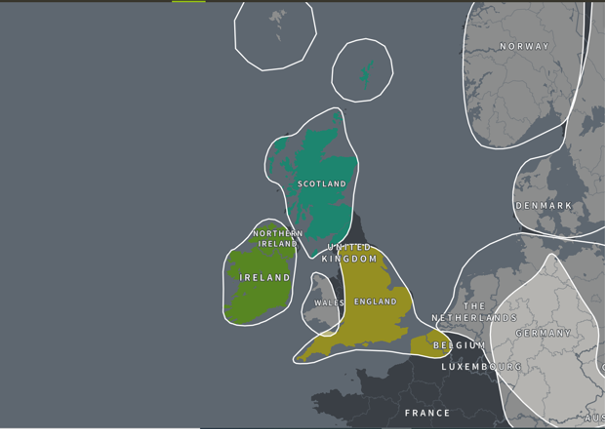
History of the England and Northwestern European Region
This region is primarily made up of England, Belgium and the Channel Islands. However, the DNA associated with this region is also found in Denmark, Faroe Islands, France, Germany, Isle of Man, Luxembourg, Netherlands, Switzerland, Wales.
Prehistoric Britain
When the glaciers receded from Europe about 12,000 years ago sea levels were still low enough for hunter gatherers from mainland Europe to cross Britain on foot. It was as early as 4000 BC that farming spread to the British isles.
Around 2500 BC the Celtic tribes started to settle in the region. These were a group of unrelated tribes who shared a common culture and linguistic background and who originated out of central mainland Europe.
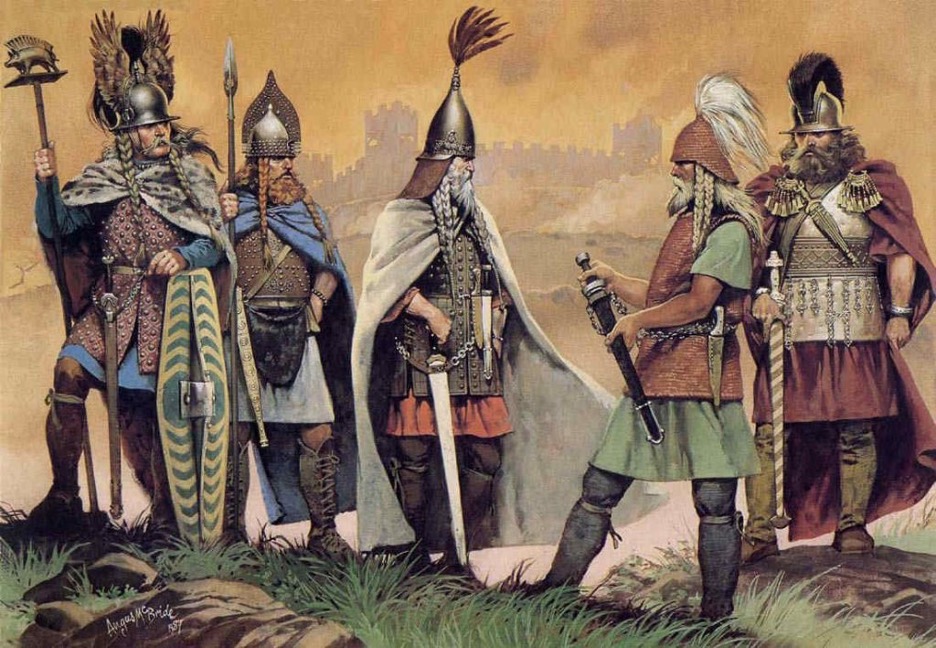
The Celts lived comfortably for around 2500 years unchallenged until the might of the Roman Empire came to the British Isles in 43 A.D. It only took a few decades for the Romans to conquer most of the British Isles, establishing a presence for almost four centuries.

The Invasion of the Germanic Tribes
It was with the decline of their western empire that the Romans eventually withdrew their military presence from Britain in around 410 A.D. This left the region undefended and in turmoil allowing Germanic tribes such as the Angles and Saxons as well as the Danish Jutes to take control. The modern English language is actually based on that of the Angles.
The tribes carved England into several kingdoms with as many regional monarchs. There was often fighting between kingdoms and there was little unity in England at this time.
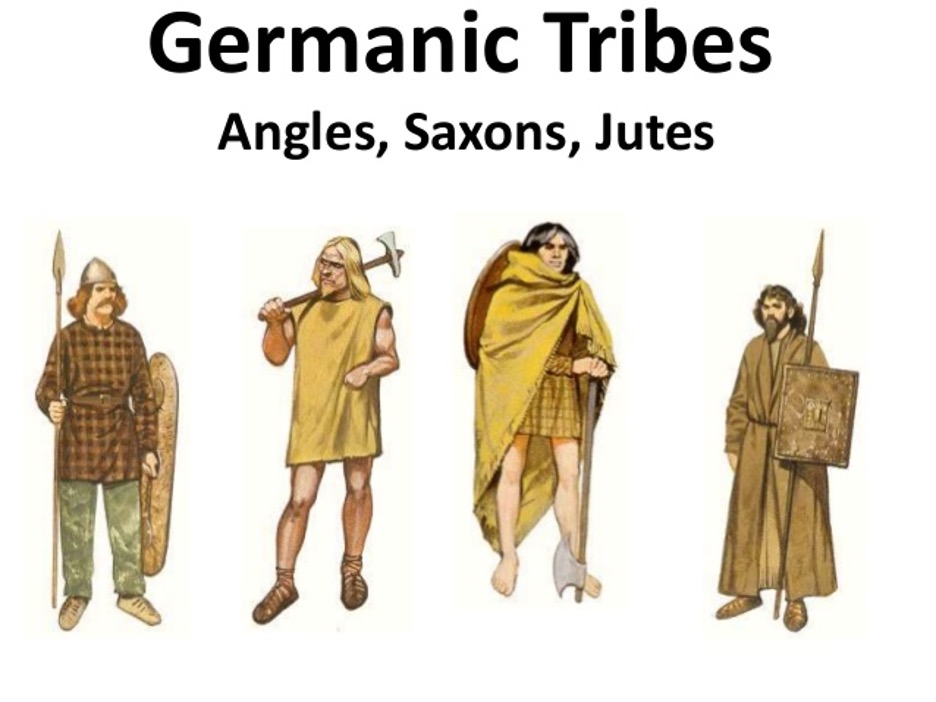
The Viking Raiders
Around the 8th century a new set of invaders reached British shores in the form of the Vikings. Although often portrayed as raiders who took their plunder home, these Scandinavians actually often settled in Britain as well. Over the centuries the kingdoms of Britain gradually started to be absorbed into each other.
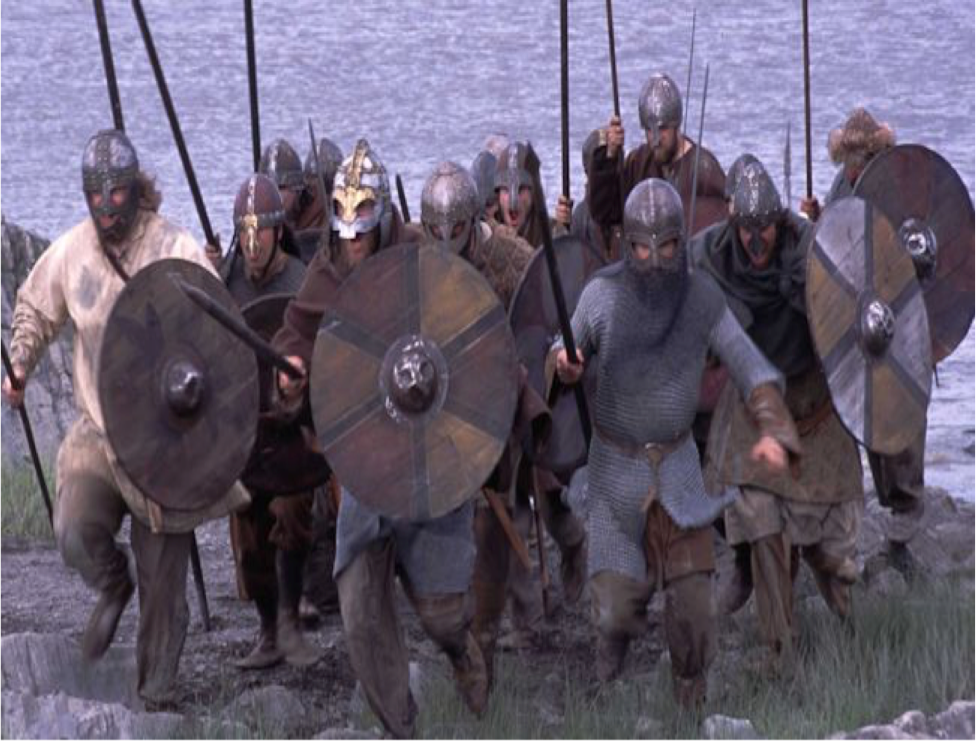
The Norman Conquest
This was the last great invasion of the British Isles taking place in 1066. After centuries of tribal and Scandinavian invaders the descendants of Vikings who had settled in Normandy France came to Britain. Led by William the Conqueror the Normans took complete control of England.
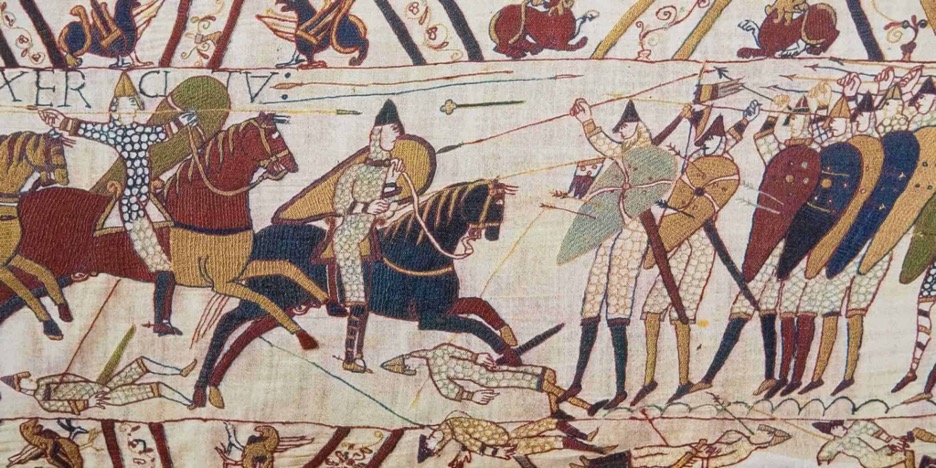
The English People Today
Combined in the DNA found in the England and Northwestern European region is the influence from much of mainland Europe. The Celts, Romans, Germanic tribes, Dutch tribes, Scandinavians and the Normans all played a role in the modern day population.
This likely explains the common DNA elements that are found in England and northwestern Europe. So much fighting and cross settlement occurred over thousands of years.
History of the Wales Region
Up until the Roman invasion in 43 A.D. Wales' history was very similar to that of the rest of Britain. Wales, however, did not succumb so easily to the Romans. The country's mountainous terrain made the invasion difficult although ultimately the Romans gained control.
The country held fast to its Celtic roots though and even to this day in some rural regions locals speak only the Welsh language. Even facing all of the same invasions over the centuries the Celtic spirit remains strong in the country.
History of the Scotland Region
Just like the Welsh the Scottish shared a common history with England until the Roman Invasions. Fierce fighters, the Scottish held off the Romans for a long time. They too were ultimately defeated and the Romans managed to get control of much of the region. However, the Romans did not settle in the region as they did in England and Wales.
It is due to this that the Celtic roots of Scottish society still remain strong today. Gaelic is still spoken in some regions and the Scots hold fast to their clan culture. The northern islands did see some degree of Scandinavian settlement from the Vikings but, otherwise, much of Scotland remained Celtic.
History of the Ireland Region
Ireland, like Scotland, was defeated by the Romans but again they did not make a serious effort to settle the region. It is due to this that it remained a Celtic stronghold. The Romans stamped out much of the Celtic culture but the language and spirit still remain in Ireland.
The Vikings and Normans did both have an influence in Ireland which means there is a definite influence from those societies genetically.
What Is the DNA from This Region?
Although considered distinct regions, England & Northwestern European, Wales, Scotland and Ireland all share a common history. They all descend from the Celts from Central Europe and experienced Roman, Germanic, Dutch, Scandinavian and Norman-French influences. Wales, Scotland and Ireland tend to have more Celtic influence remaining in their culture as well as their DNA.
As England was more directly infected by all the various invasions throughout history that originated from mainland Europe they have a more similar DNA profile to northwestern Europe.
There is a great deal of overlap in these regions meaning that those who receive one of these regions in their results have a high likelihood of also receiving one if not all of the others as well.
How Did I Get England and Northwestern Region DNA?
Some people may have a very decent idea of where they got DNA from the British Isles and northwest Europe. Recent family history may include known immigrant ancestors from this region. It is also possible that some people will be completely surprised to find this among their ethnicity results.
The British Empire
One key source of surprise DNA from the British Isles and northwestern Europe would be the extensive span of the British Empire. With its roots in the 15th century, the British Empire was composed of dominions, colonies, territories, mandates, and protectorates that were all ruled or administered by Britain.
These outposts of British interests developed out of centuries of exploration, trade and on occasion military force. At its height, the empire covered about 25% of the planet's landmass with 25% of the world's population effectively under British rule.

With such a far reaching empire the presence of British born subjects became commonplace almost around the globe. There were vast waves of British settlement in countries such as Africa and India. This resulted in an influx of British DNA in local populations.
Slave Owners
It is very common for those of African American descent to have a certain amount of European DNA. This is unfortunately due to the terrible practice of slavery in the Americas. It was in 1513 that the first African slaves were brought to the Americas, most specifically Puerto Rico.
Over time slavery came to the mainland and eventually the American South. The African slaves were used brutally and were deemed as possessions to use at the will of their owners. Plantation owners would frequently sleep with their female slaves and the resulting children would be born into slavery.
In the American South, there were many white slave owners who could likely trace their family lines a few generations back into Europe. Among these slave owners would have been many whose family came from the British Isles or northwestern mainland Europe.
Is the Result Accurate?
When it comes to ethnicity estimates the higher the percentage you have from a certain region the more likely it is to be accurate. If your percentage is low, however, then it is harder to pinpoint exactly where your most recent ancestors came from.
A low result could mean a distant ancestor from that region. It is best to focus on your highest rated region's matches to determine where your ancestors came from more recently. A low percentage can often be hard to locate because the ancestor in question could be many generations back in your tree.
Can I Pinpoint Where I am From
Thanks to the extensive DNA sampling it is very possible with high percentage matches to get an extremely strong idea of where you come from. As mentioned, England & Northwestern Europe, Wales, Ireland and Scotland are four regions with a great deal of overlap.
It is likely that you have more than one of these regions in your DNA and depending on how high those percentages are you may even be grouped in a subregion. The England & Northwest European region has 41 different subregions. The Wales region has five, Scotland has 17 and Ireland has 94 different regions.
In your results, if your ethnicity suggests specific reasons this is likely a good indication that you had ancestors from that area. This is obviously very beneficial for your research as it allows you to focus your search on a more defined area.
How to Research my Ancestry from These Regions
The results of a DNA ethnicity test are of course a great place to start especially if there is an unexpected result found in the report. As always of course the DNA cannot tell the whole story and we need to actually do the genealogy work.
A percentage on an ethnicity estimate means very little unless you follow through and start building up your family tree. The relevant ancestors may be several generations back and it may take a lot of research to discover who they were.
If you have specific regions mentioned in your report then you have a good idea of where your ancestor may have originated from. Ancestry DNA even has migratory information from some of these regions to finally settling places in the United States.
Using Ancestry you may be able to determine not only who your ancestors were from the British Isles but perhaps the reason they decided to move. As an example, for decades many immigrants from Wales moved because of better pay and conditions in mining professions in America.
Conclusion
The England, Wales and Northwestern European region as a whole has been further refined thanks to the greater refinement of the Ethnicity estimate testing process. It is now actually four distinct but closely related regions with a great deal of overlap.
All of these regions have Celtic origins and have seen a great deal of influence from other cultures over thousands of years. The peoples of these regions are a mix of Celts, Romans, Germanic tribes, Scandinavians and Norman French.
Centuries of warring tribes and invasions have created a small but diverse section of Europe with warrior blood in their veins. This blood flowed throughout the world in the form of an Empire that spanned a quarter of the world's landmass and the population at its height.
Link To or Reference This Page
We spent a lot of time downloading, cleaning, merging, and formatting the data that is shown on the site.
If you found the data or information on this page useful in your research, please use the tool below to properly cite or reference Name Census as the source. We appreciate your support!
-
<a href="https://namecensus.com/blog/what-is-the-england-wales-and-northwestern-europe-dna-ethnicity-on-ancestry/">What is the England, Wales, and Northwestern Europe DNA Ethnicity on Ancestry?</a>
-
"What is the England, Wales, and Northwestern Europe DNA Ethnicity on Ancestry?". NameCensus.com. Accessed on April 18, 2024. https://namecensus.com/blog/what-is-the-england-wales-and-northwestern-europe-dna-ethnicity-on-ancestry/.
-
"What is the England, Wales, and Northwestern Europe DNA Ethnicity on Ancestry?". NameCensus.com, https://namecensus.com/blog/what-is-the-england-wales-and-northwestern-europe-dna-ethnicity-on-ancestry/. Accessed 18 April, 2024
-
What is the England, Wales, and Northwestern Europe DNA Ethnicity on Ancestry?. NameCensus.com. Retrieved from https://namecensus.com/blog/what-is-the-england-wales-and-northwestern-europe-dna-ethnicity-on-ancestry/.
